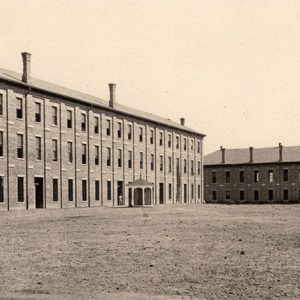 1874 Constitution
1874 Constitution
Entry Category: State Organizations and Structures
 1874 Constitution
1874 Constitution
 1970 Constitution Campaign
1970 Constitution Campaign
 1996 Constitution
1996 Constitution
Act 38 of 1971
Arkansas Constitutions
aka: Constitutions of Arkansas
Arkansas Council of Defense
Arkansas Department of Agriculture (ADA)
Arkansas Department of Commerce
Arkansas Department of Corrections
Arkansas Department of Energy and Environment (ADEE)
Arkansas Department of Finance and Administration (ADFA)
Arkansas Department of Health (ADH)
Arkansas Department of Human Services (ADHS)
Arkansas Department of Labor and Licensing (ADLL)
Arkansas Department of Public Safety (ADPS)
Arkansas Department of the Inspector General
Arkansas Department of Transformation and Shared Services
Arkansas Department of Transportation
Arkansas Department of Veterans Affairs (ADVA)
Arkansas Division of Aeronautics (ADA)
Arkansas Division of Career and Technical Education (ADCTE)
Arkansas Division of Community Correction (ADCC)
Arkansas Division of Higher Education
Arkansas Division of Information Systems (DIS)
Arkansas Division of Rural Services
Arkansas Division of Workforce Services (ADWS)
Arkansas Ethics Commission
Arkansas Forestry Commission
Arkansas Game and Fish Commission
Arkansas Game and Fish Commission State Fish Hatcheries
 Arkansas General Assembly, 1979
Arkansas General Assembly, 1979
Arkansas Geological Survey (AGS)
Arkansas Highway Commission
Arkansas Insurance Department (AID)
Arkansas Legislative Council
aka: Legislative Council
Arkansas Natural and Cultural Resources Council
Arkansas Natural Heritage Commission (ANHC)
Arkansas Securities Department
Arkansas State Bank Department
 Arkansas State Capitol Building
Arkansas State Capitol Building
Arkansas State Capitol Building
Arkansas State Library
 Arkansas State Penitentiary
Arkansas State Penitentiary
 Arkansas State Penitentiary
Arkansas State Penitentiary
 Arkansas State Penitentiary
Arkansas State Penitentiary
 Arkansas State Penitentiary
Arkansas State Penitentiary
Attorney General, Office of
Auditor, Office of
 Capitol Construction
Capitol Construction
 Capitol Construction
Capitol Construction




